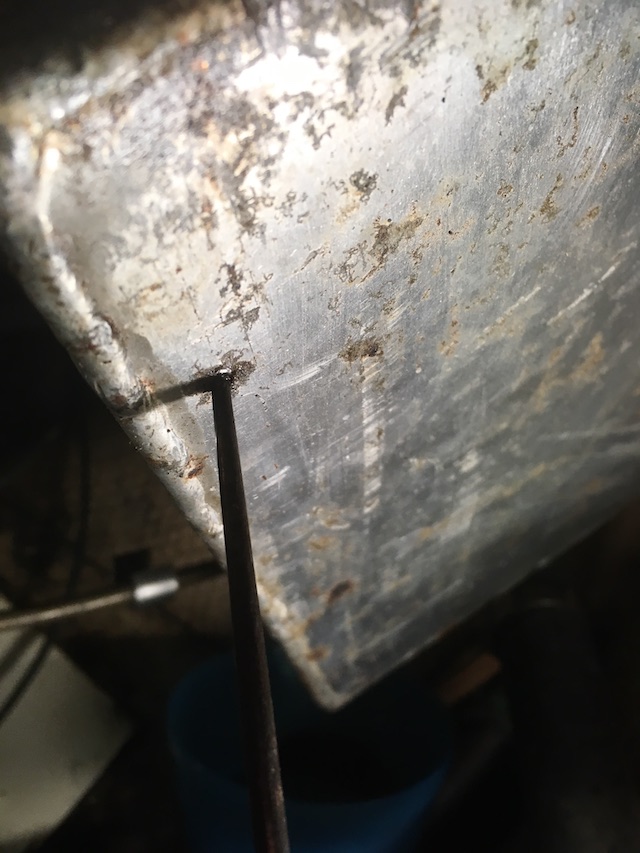
I am fortunate to have good access to the fuel tank in my 1980 CD33. Those who don’t, I feel your pain. When purchased, I knew my tank was near end of life. Doing some electrical routing one fine day I slid it to starboard to get better access. Sure enough the next day I smelled diesel in the bilge. Pressing on the outside of the tank the probe went straight through in several places without any real effort.
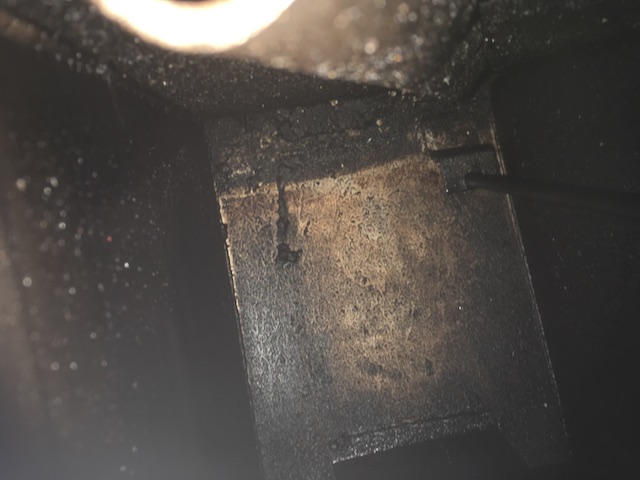
I was able to remove the straps and tilt the tank sideways, then lift out via the port side lazarette. The clearance was just enough, happy days. In terms of maintenance access, I believe the CD33 to be the best out of all the CD sailboats. Above you can see the inside of the 40 year old tank was coated with a black tar like substance. Probably never once cleaned out or flushed out or even drained and dried in all that time.

A smart choice for a new fuel tank (if you can get yours out without cutting the boat in half) is an aluminum tank with cleanout and drain, fabricated by someone who will pressure test and certify the tank. Most places will help you create a scale drawing or duplicate the tank if you give them the old one to measure.
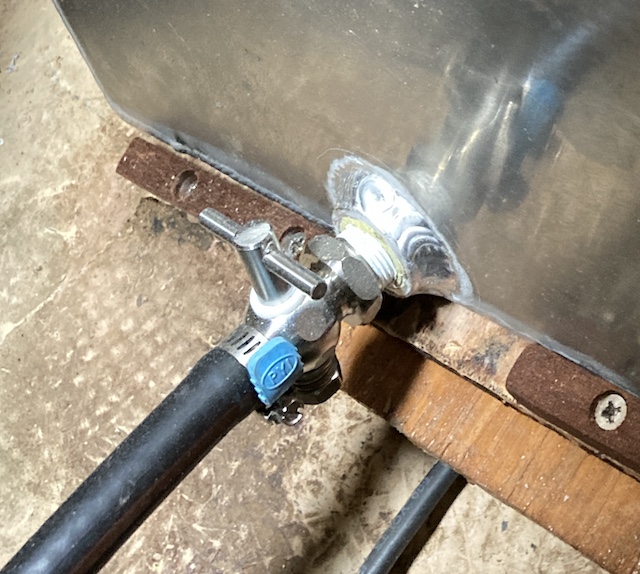
Most boaters don’t realize that the primary and secondary filters in the system are only there to protect the engine. The only thing protecting the tank (and the fuel inside it) is you, the owner. And you just can’t do that properly if you don’t have a way to remove all the dirt, water, or biosludge that will inevitably accumulate in there. And replacing a fuel tank is a huge job compared to replacing a fuel filter. So for those with access, a clean-out and drain petcock are the holy grail. With the clean-out access hatch you can physically inspect and scrub most of the inside and service the pickup tubes if clogged or broken. With the drain you can empty the fuel, or drain off the water and sludge that accumulates on the bottom just as it does in the bowl of your primary fuel/water separator. You do not want water sitting at the bottom of your tank regardless of the material used to make the tank.
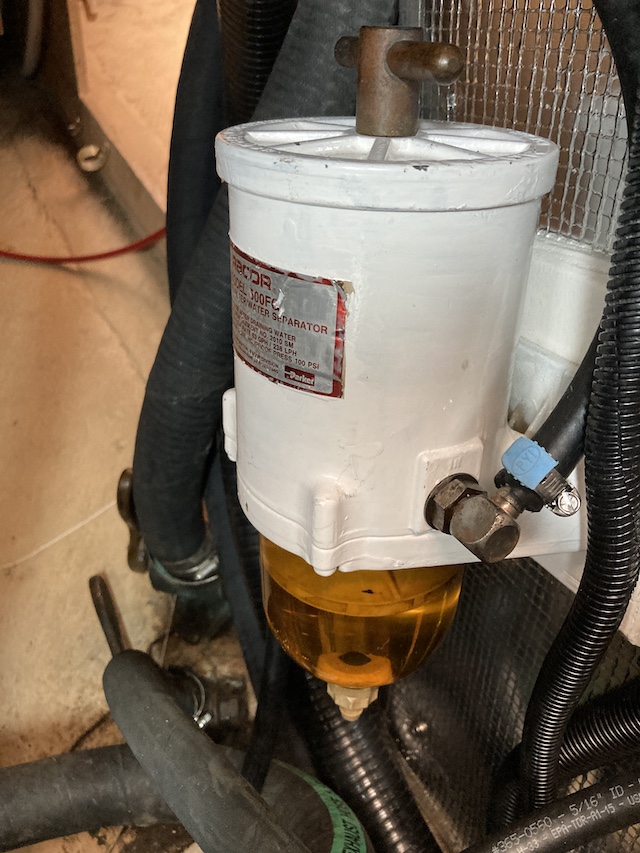
The old Racor 500 FG separator/filter I have is actually a really good unit. They have a unique design that spins the fuel well, and as far as water separation I believe it to be superior to the newer, smaller spin-on Racors. I was able to buy a new o-ring set and clean/rebuild it. So she is not glamorous but she is working great, and the bowl is easy to view and drain.
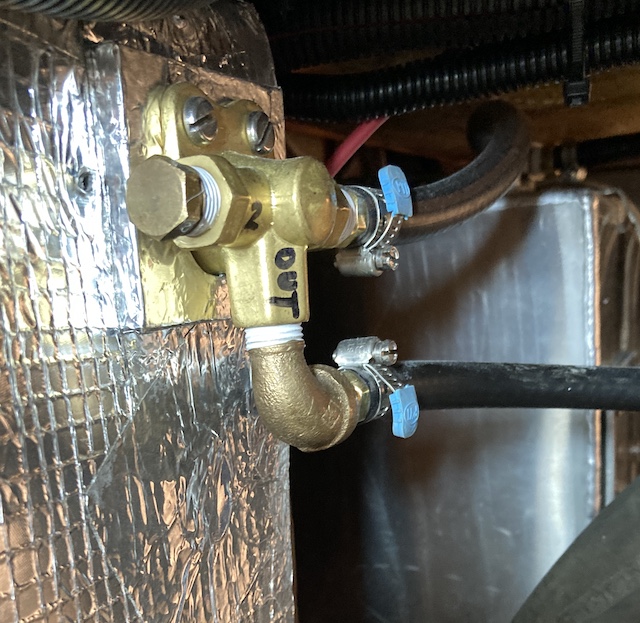
With the tank replacement I put in all new fuel hoses and a new shutoff/selector. This allows me to add a second fuel tank to the system if needed.